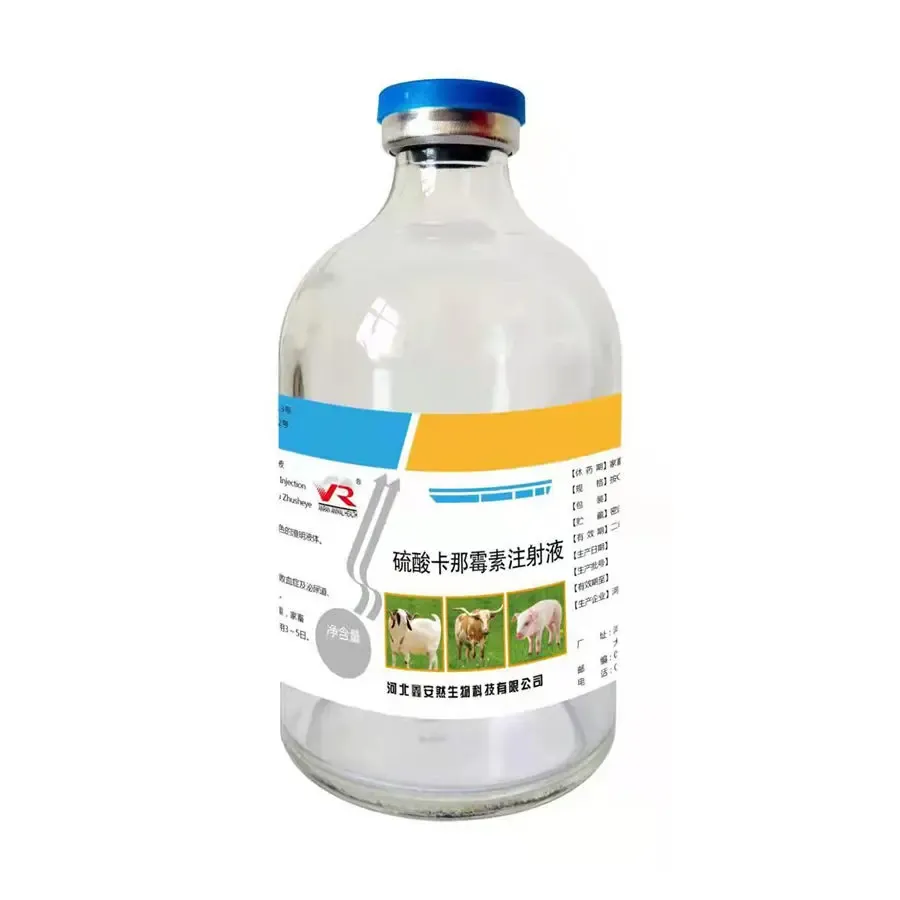- Afrikaans
- Albanian
- Amharic
- Arabic
- Armenian
- Azerbaijani
- Basque
- Belarusian
- Bengali
- Bosnian
- Bulgarian
- Catalan
- Cebuano
- Corsican
- Croatian
- Czech
- Danish
- Dutch
- English
- Esperanto
- Estonian
- Finnish
- French
- Frisian
- Galician
- Georgian
- German
- Greek
- Gujarati
- Haitian Creole
- hausa
- hawaiian
- Hebrew
- Hindi
- Miao
- Hungarian
- Icelandic
- igbo
- Indonesian
- irish
- Italian
- Japanese
- Javanese
- Kannada
- kazakh
- Khmer
- Rwandese
- Korean
- Kurdish
- Kyrgyz
- Lao
- Latin
- Latvian
- Lithuanian
- Luxembourgish
- Macedonian
- Malgashi
- Malay
- Malayalam
- Maltese
- Maori
- Marathi
- Mongolian
- Myanmar
- Nepali
- Norwegian
- Norwegian
- Occitan
- Pashto
- Persian
- Polish
- Portuguese
- Punjabi
- Romanian
- Russian
- Samoan
- Scottish Gaelic
- Serbian
- Sesotho
- Shona
- Sindhi
- Sinhala
- Slovak
- Slovenian
- Somali
- Spanish
- Sundanese
- Swahili
- Swedish
- Tagalog
- Tajik
- Tamil
- Tatar
- Telugu
- Thai
- Turkish
- Turkmen
- Ukrainian
- Urdu
- Uighur
- Uzbek
- Vietnamese
- Welsh
- Bantu
- Yiddish
- Yoruba
- Zulu
8 月 . 07, 2024 05:50 Back to list
Amoxicillin Injection Dosage Guidelines and Recommendations for Canine Treatment and Care
Amoxicillin Injection Dosage for Dogs A Comprehensive Guide
Amoxicillin is a broad-spectrum antibiotic that is commonly used in veterinary medicine to treat a range of bacterial infections in dogs. It belongs to the penicillin class of antibiotics and is effective against a variety of gram-positive and some gram-negative bacteria. Understanding the correct dosage and application of amoxicillin injection in dogs is crucial for ensuring their health and preventing adverse effects.
Uses of Amoxicillin in Dogs
Amoxicillin can be prescribed for various infections, including respiratory tract infections, urinary tract infections, skin infections, and gastrointestinal infections. It is particularly useful in cases where the bacterial strain is susceptible to this antibiotic. Vets may also recommend amoxicillin as a preventative measure during surgeries to reduce the risk of postoperative infections.
Dosage Guidelines
The dosage of amoxicillin for dogs can vary based on several factors, including the type and severity of the infection, the size and weight of the dog, and the dog's overall health condition. Generally, the recommended dosage for amoxicillin injection in dogs ranges from 5 to 10 mg per kilogram of body weight, administered every 12 to 24 hours. However, it is essential to follow your veterinarian’s specific instructions, as they will tailor the dosage to your dog’s individual needs.
For instance, a 10 kg (approximately 22 lbs) dog may receive an injection of 50 to 100 mg of amoxicillin, depending on the infection's severity. If the infection is severe, a higher dosage may be required, but this should only be determined by a veterinarian.
amoxicillin injection dosage for dogs

Administration of Amoxicillin Injection
Amoxicillin is typically administered through injection, either intravenously (IV) or intramuscularly (IM). This method allows for rapid absorption into the bloodstream, which is beneficial in severe infections that require immediate action. It is crucial that injections be administered by a qualified veterinarian or under their direct supervision to ensure the proper technique and dosage.
Side Effects and Precautions
While amoxicillin is generally considered safe for dogs, some may experience side effects. Potential side effects can include nausea, vomiting, diarrhea, and allergic reactions. If your dog shows any signs of an allergic reaction, such as difficulty breathing, swelling of the face or lips, or hives, seek veterinary assistance immediately.
Always inform your veterinarian if your dog has any pre-existing conditions, especially those related to liver or kidney function, as these can affect how the drug is metabolized. Additionally, vets should be made aware of any other medications your dog is taking to avoid potential drug interactions.
Conclusion
Amoxicillin is a vital tool in treating bacterial infections in dogs, and when used correctly, it can significantly improve your pet’s health. However, it is essential to use this antibiotic under veterinary guidance to determine the appropriate dosage and administration method for your dog’s specific condition. Monitoring your pet for any side effects and following up with your veterinarian is equally important to ensure the successful treatment and recovery of your furry friend. Always prioritize your dog’s health by adhering to professional advice and seeking veterinary care whenever you are unsure about their treatment.
-
The Power of Radix Isatidis Extract for Your Health and Wellness
NewsOct.29,2024
-
Neomycin Sulfate Soluble Powder: A Versatile Solution for Pet Health
NewsOct.29,2024
-
Lincomycin Hydrochloride Soluble Powder – The Essential Solution
NewsOct.29,2024
-
Garamycin Gentamicin Sulfate for Effective Infection Control
NewsOct.29,2024
-
Doxycycline Hyclate Soluble Powder: Your Antibiotic Needs
NewsOct.29,2024
-
Tilmicosin Premix: The Ultimate Solution for Poultry Health
NewsOct.29,2024













